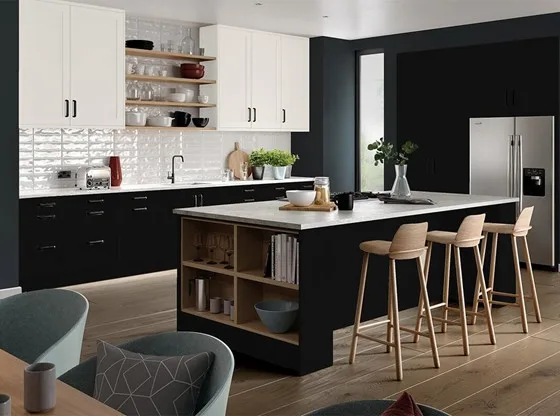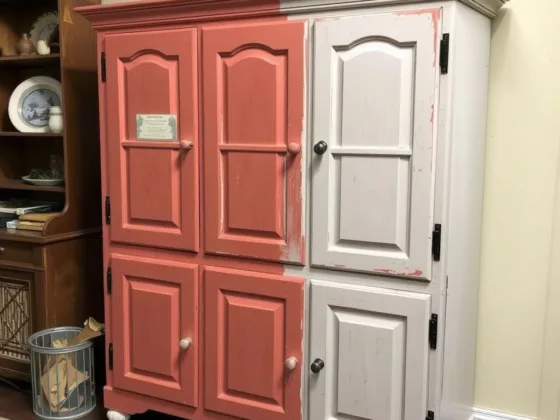Room measurements; including doorways, windows, fireplaces, built-in, heat registers and any other structure that a room would have to be designed around.
Color samples of other pieces in the room that are permanent or staying. Such as carpet or wood floor, a pillow from a chair you are keeping etc. It is best to not match new furniture to your wall color, since that is the least expensive thing to change now or in the future.

A vision you have for the space, a picture from a magazine, or one that you took on your phone, words to describe how you want to feel and use the room. For example; do you want a cozy space, where you can sink in and curl up with a good book and a cup of tea?
Do you want your space to have seating for several people for entertaining, with plenty of tables to place food and drinks on? As you can see both of these scenarios require different types of furniture. The more you can tell the designer and sales person, the more they can direct you to the right pieces.
Read Also:
An idea of how much you want to spend, but do your homework on furniture stores and brands before you go, so you don’t find the absolute perfect sofa and it’s way above your price range. In most cases you do get what you pay for. This way you will know what to expect when you start shopping and will have less sticker shock.
Knowledge of the different ways furniture is made. This helps you to ask the right questions and know the reasoning for pricing differences in furniture. There are several ways to make a sofa and different materials can be used.
Some ways furniture is made is not better than others, they just use different technology. What was considered the best when your parents bought their first pieces of furniture might not be considered the best today. Many improvements and techniques have been made throughout the years. If your salesperson doesn’t know how apiece is made and cannot find out, it’s probably for a reason.









